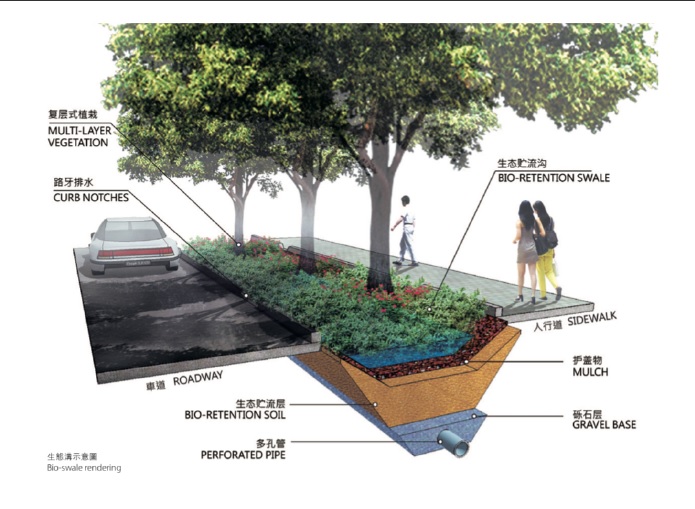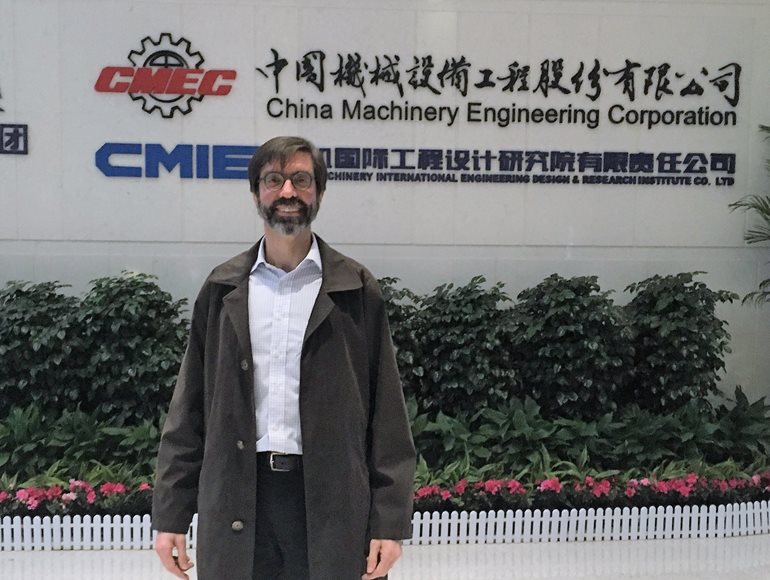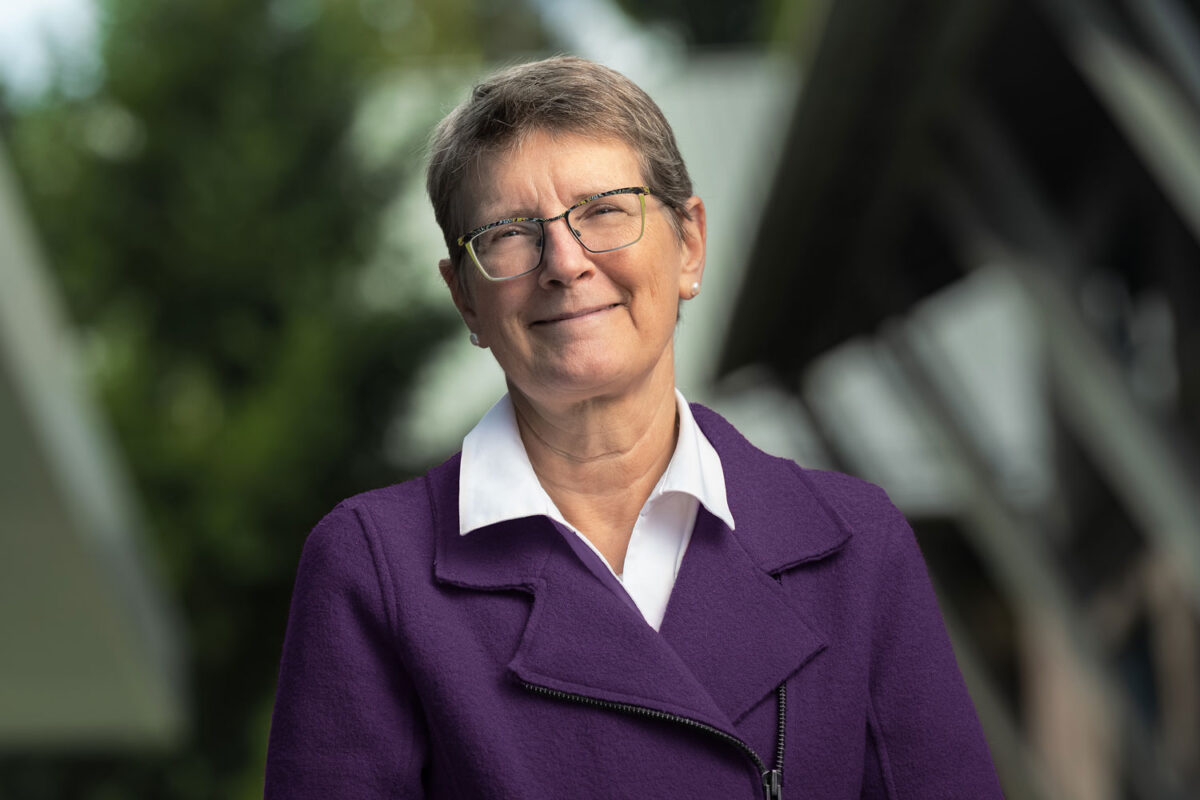
By Douglas Esser
Sometime, about 50 years from now, a threatening storm probably will push out of the South China Sea into southeast China’s Pearl River Delta, a densely populated region that includes Hong Kong, Macao and Zhuhai. Historically, the storms known as mei-yu (“plum rains”) cause dangerous flooding.
By 2070, the rains are expected to be even more intense because, in a warmer climate, the atmosphere will hold more moisture. A flash flood could be deadly. But, a downburst on the delta could be absorbed without serious flooding — thanks to “sponge city” planning based on simulations to be completed in 2020 by Eric Salathé, a climate scientist at the University of Washington Bothell.
Simulating every drop

Eric Salathé UW Bothell Salathé, an associate professor in the School of Science, Technology, Engineering & Mathematics, received a $130,000 grant through Tsinghua University for a modeling project called “Regional Climate Simulations for Eastern China: Support for Sponge City Designs.” Salathé is developing the computer model in collaboration with Nian She. He is director at the Smart Utility Research Institute of Tsinghua University’s Innovation Center in Zhuhai. Salathé has been there twice. A modern-looking subtropical city with palm trees, it reminds him of Miami. Salathé previously worked with She when he was a senior civil engineering specialist with the city of Seattle. When She returned to China to do urban design, he connected with Salathé again to ensure the designs would be sustainable during climate change. The climate simulation will next go into engineering models for more permeable stormwater systems. “Then they can say, instead of a parking lot, let’s put in a rain garden. Instead of paving curb-to-curb, put a green strip down the middle. Or they can say, let’s make this storm drain bigger or put a tank here,” Salathé said. “So, every drop is intentionally managed.”
Expertise for the future

Eric Salathé in China. courtesy photo Salathé is especially qualified for the work because of his expertise in climate change and extreme weather events. Before joining UW Bothell in 2010, Salathé worked with the Climate Impacts Group at the UW in Seattle. A weather modeling group led by UW Atmospheric Sciences Professor Cliff Mass is also collaborating on the Zhuhai project. “My work is basically similar to what they do for weather forecasting except that I’m 50 to 100 years into the future, rather than next week,” Salathé said. “We don’t know exactly when the storms are going to occur, but we can talk about the probability of different kinds of events in the future.” Salathé teaches physics and climate science in UW Bothell’s Physical Sciences Division. He eventually hopes to engage undergraduate students in converting climate model data into more easily visualized charts and graphs with interactive web tools. The simulations of the Pearl River basin climate are based on data compiled since 1980 and trend projections out to 2070. One year into the two-year project, the model is running on a supercomputer in China. Findings so far are preliminary.
Looking far away at the very small
Salathé has reason to believe the effects of climate change will be most obvious in the intense, shortest duration rainfall events. His model makes distinctions in periods of less than an hour and over a distance as small as 20 kilometers (12 miles). That’s in contrast to global models that use regional averages. “We really have to simulate these short duration, high intensity events in detail to understand the effects of climate change,” Salathé said. “We’re looking way in the future at things that are very short and very small.”



